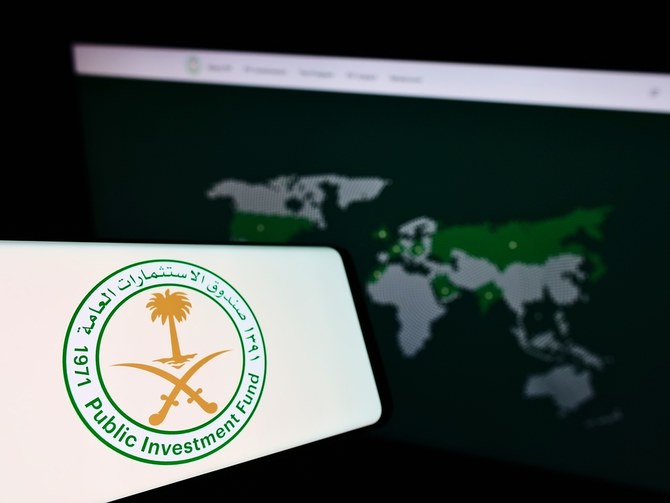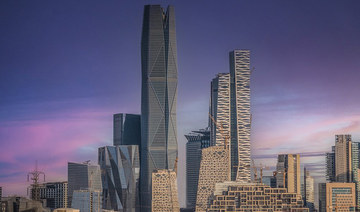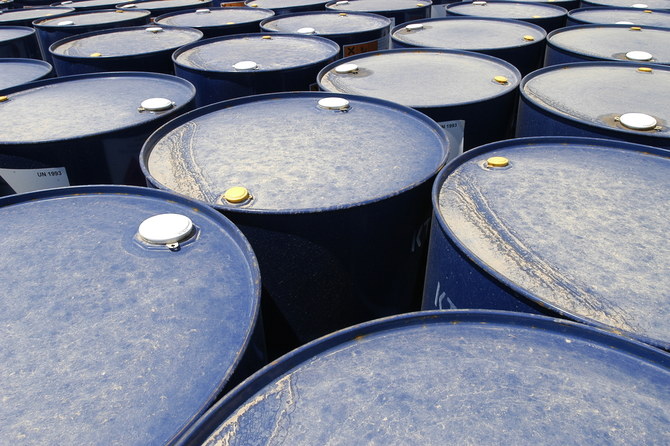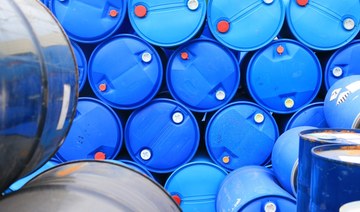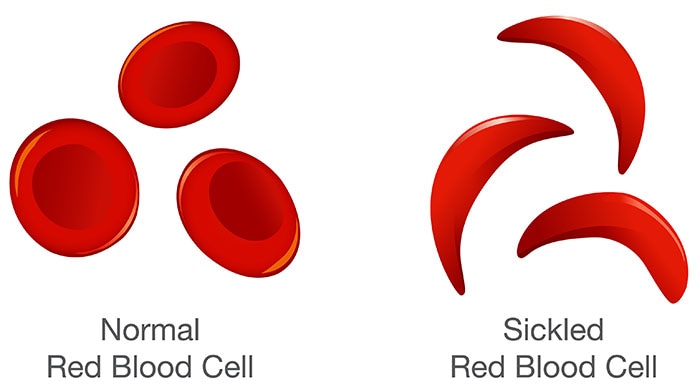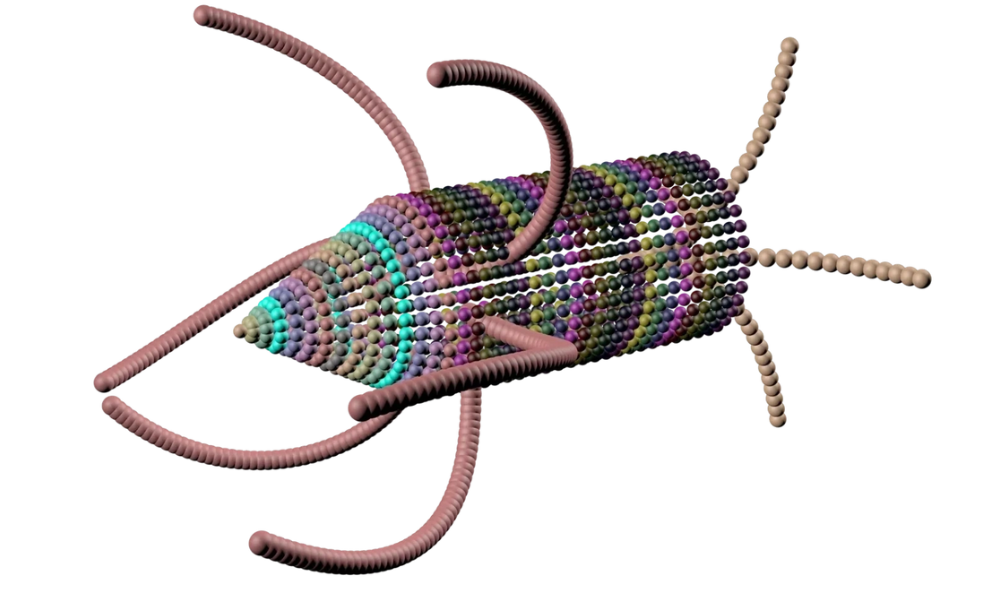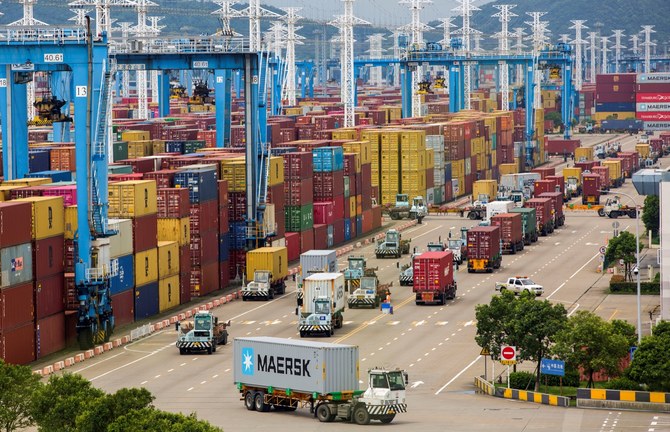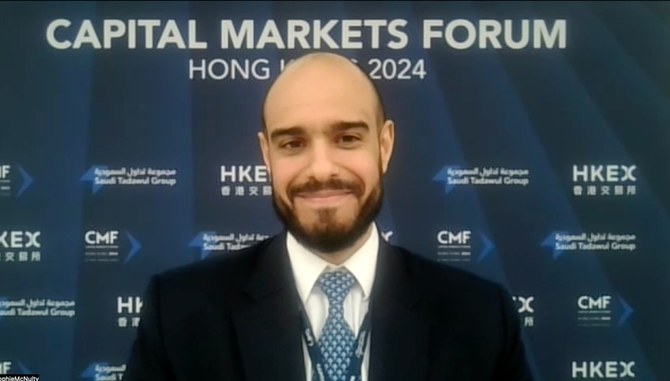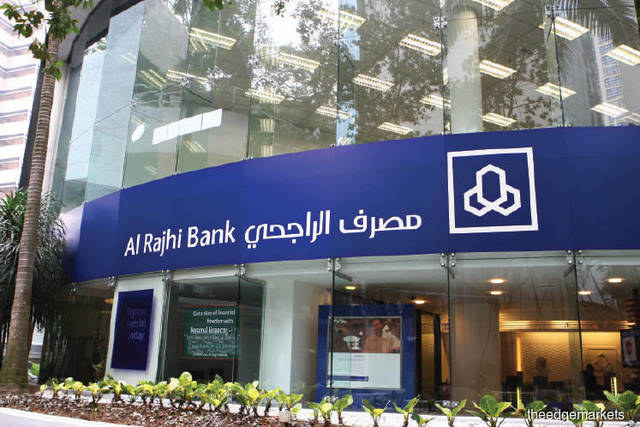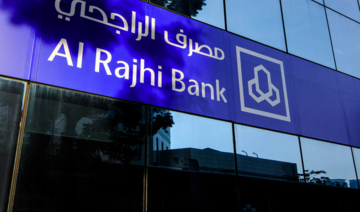RIYADH: Saudi Arabia’s Public Investment Fund has soared in an annual global ranking of sovereign wealth organizations, thanks to a 55 percent increase in assets under management.
The value of PIF’s portfolio now stands at $925 billion, according to US-based Sovereign Wealth Fund Institute, up from $595.6 billion in 2022.
This means the organization has surged past Kuwait’s sovereign wealth fund on this metric, and is now only behind Abu Dhabi Investment Authority in the Gulf region.
This climb was further bolstered by PIF’s deal in March where it raised its stake in Aramco by 8 percent to approximately $328 billion. This move represents 37 percent of its portfolio and elevates it to fifth place overall in the global sovereign wealth funds rankings.
“The value of the Aramco stake could grow as the government releases more shares to the public, which will help boost PIF’s financial clout and its credit rating as it helps develop on the Vision 2030 ambitions,” SWFI stated.
According to the Global SWF, the Saudi sovereign fund’s ability to access borrowing markets is vital for achieving its objectives. Estimates by the institute suggest PIF’s total debt stands at approximately $36 billion, with recent fundraising of $7 billion from two sales in the early months of 2024.
In its March report, the industry specialist added that PIF became the world’s largest sovereign investor in 2023, deploying $31.6 billion across 49 deals, a 33 percent increase from 2022.
In January, PIF acquired a 23.1 percent stake in the Middle East Paper Co. for SR522 million ($139.1 million), enhancing Mepco’s growth and bolstering its role as a regional provider of paper products for construction while strengthening the local supply chain.
Additionally, the fund entered the transportation sector, launching Riyadh Air with a $30 billion investment in 2023, and investing in Saudia Technic for aviation services.
PIF is set to finalize the acquisition of the Saudi Iron and Steel Co., also known as Hadeed, from SABIC for $3.3 billion. Collaborating with South Korea’s POSCO, the wealth fund is also promoting green hydrogen production, aiming to foster a low-carbon steel sector.
PIF’s ambitious goal is to manage $2 trillion in assets by 2030, with 83 percent in domestic holdings.
Meanwhile, the UAE’s Abu Dhabi Investment Authority, also known as ADIA, maintained its formidable presence this year, securing the leading position in the region with assets under management totaling $993 billion, a significant increase from $790 billion in 2022.
In third position among Gulf states, the Kuwait Investment Authority showcased a total of $846 billion in assets, up from $750 billion in 2022.
Qatar also upheld its standing as the fourth largest sovereign wealth fund in the region, with the Qatar Investment Authority reporting a 7.36 percent increase from $475 billion to $510 billion in assets in 2024.
As per the Global SWF, Middle Eastern wealth funds oversee $4.8 trillion in financial capital. Out of the 60 mega-deals recorded in 2022, Gulf funds executed 25, with only 17 involving US or European businesses.
In the fifth place for the region, Investment Corp. of Dubai boasted a total of $341 billion in assets followed by Abu Dhabi’s Mubadala and Developmental Holding Co., known as ADQ, reaching $276 billion and $199 billion, respectively.
Saudi Arabia’s National Development Fund secured the eighth position across the Gulf, reporting $132 billion, followed by the Emirates Investment Authority with $91 billion and Dubai World with a total of $47 billion.



